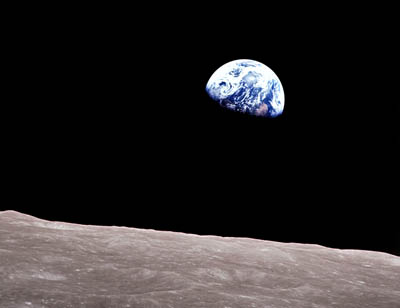The Earth as viewed from the Moon during the Apollo 8 mission.
Click on image for full size
Image courtesy of NASA
Earth as a System
The first time people got to see the whole Earth was in 1968 when astronauts took pictures of the Earth as they traveled to and from the Moon. In their photographs, the Earth looks like a small blue and white marble in a sea of black space. Looking at the planet from that far away makes it easy to see that all its parts - the living things, the air, the water, the ice, and the rocks - are connected. Everything on Earth is in the same boat floating through space - a system.
Since the 1980s, NASA scientists have been studying the Earth as they study other planets - mainly from above with satellites. Based on this way of looking at Earth, they developed the idea of Earth system science.
There are five parts of the Earth system. Plus the Sun plays a special role too. These parts of the Earth system all interact with other parts in many ways.
You might also be interested in:
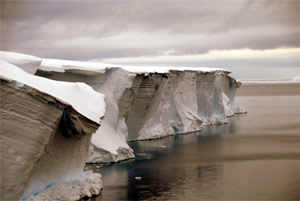
Frozen water is found in many different places on Earth. Snow blankets the ground at mid and high latitudes during winter. Sea ice and icebergs float in the chilly waters of polar oceans. Ice shelves are
...more
Scientists have noticed that the Earth system is changing because of global warming. It is also changing because people have changed the way that land is used and have made pollution in the air, water,
...more
Earth's climate is determined by the amount of energy received from the Sun and the amount of energy held in the Earth system - in short, Earth's radiation budget. The Sun emits a huge amount of energy,
...more
Looking for online content that can be used for a climate change education course or module? Pages linked below can be used to support an introductory climate change education for either a unit or a full
...more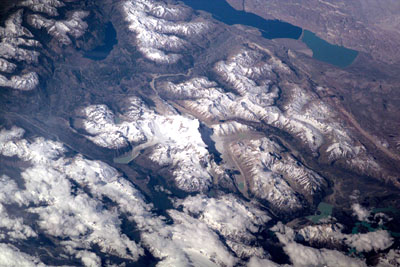
This picture was taken from high above our planet. Looking at the Earth from very far away like this we can see that some parts of our planet look light in color, and some parts look dark. The color of
...more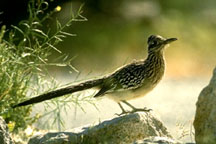
Did you know that many species of birds live in the desert? You have probably heard of the roadrunner or seen the cartoon. The roadrunner is a real bird that lives in the desert! It prefers to run rather
...more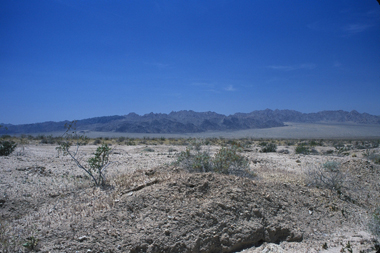
Deserts are very hot and dry places. Deserts get very little rain each year. So how do plants and animals live here? This section on the desert ecosystem will explain how! Do you know what a desert looks
...more


